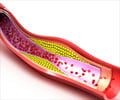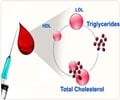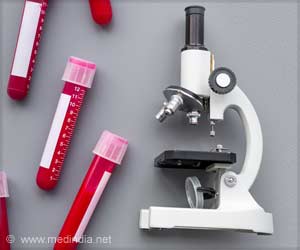
‘Lipid asymmetry plays an important role in activating immune cells.’
Tweet it Now
This "lipid asymmetry," or lack of symmetry, is regulated via a variety of proteins and demands a high amount of energy from the cell. Since the cell invests resources toward keeping the lipids asymmetrically distributed equally between the two sides of the bilayer, the process is vital to its function. Dying cells, which permanently lose their lipid asymmetry, are targeted by the immune system for elimination. Because different lipids create membranes with different physical properties, a group of McGovern Medical School researchers wondered whether different lipid compositions in the bilayer could also lead to different physical properties.
During the 62nd Biophysical Society Annual Meeting, held Feb. 17-21, in San Francisco, California, Joseph H. Lorent, a postdoctoral researcher, and Ilya Levental, an assistant professor, will present their work exploring lipid asymmetry's role in immune cell activation.
A variety of fluorescent probes can provide insights about the general physical properties of membranes. But these probes tend to stain both sides of the plasma membrane -- making it impossible to independently measure the two layers of the bilayer.
"To overcome it, we use a trick where we inject the probe directly inside single cells using a tiny glass syringe like the kind used for extracting nuclei out of cells for cloning," Lorent said. "This allows us to visualize specifically half of the membrane facing the [inside of the cell]."
Advertisement
"In the long run, by knowing how lipid asymmetry is involved in cell signaling, we might be able to 'tune' certain immune responses or even cell death through the regulation of lipid asymmetry," Levental said. "This might involve treatments for allergies, inflammation or possibly even cancer."
Advertisement















